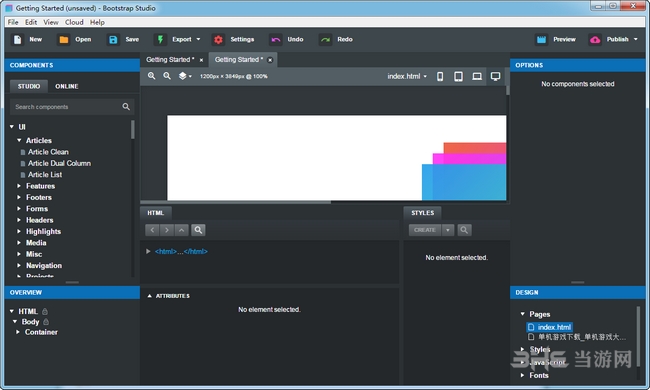

Most flexible, mix and match classes as you like and build your own markup Takes more time since you need to build the components

You are bound to Bulma classes and markup. Need to learn the react framework and the bulma styles, and it's harder to customize to your needsĪ pure css framework, like Bulma, where you write all the components yourself.Ī lot of flexibility to build the components you need Having a lot of pre-built UI components saves a lot of time Bootstrap has a broader approval, being mentioned in 7044 company stacks & 1115 developers stacks compared to Android SDK, which is listed in 1084 company stacks and 906 developer stacks.Īctually it really depends on your needs, there are 3 types of UI frameworks you can use: Spotify, Twitter, and Lyft are some of the popular companies that use Bootstrap, whereas Android SDK is used by Google, Instacart, and Slack. Here's a link to Bootstrap's open source repository on GitHub. "Android development", "Necessary for android" and "Android studio" are the key factors why developers consider Android SDK whereas "Responsiveness", "UI components" and "Consistent" are the primary reasons why Bootstrap is favored.īootstrap is an open source tool with 134K GitHub stars and 66K GitHub forks.

Bootstrap is the most popular HTML, CSS, and JS framework for developing responsive, mobile first projects on the web.Īndroid SDK and Bootstrap are primarily classified as "Frameworks (Full Stack)" and "Front-End Frameworks" tools respectively. Android provides a rich application framework that allows you to build innovative apps and games for mobile devices in a Java language environment Bootstrap: Simple and flexible HTML, CSS, and JS for popular UI components and interactions. Android SDK vs Bootstrap: What are the differences?Īndroid SDK: An SDK that provides you the API libraries and developer tools necessary to build, test, and debug apps for Android.


 0 kommentar(er)
0 kommentar(er)
